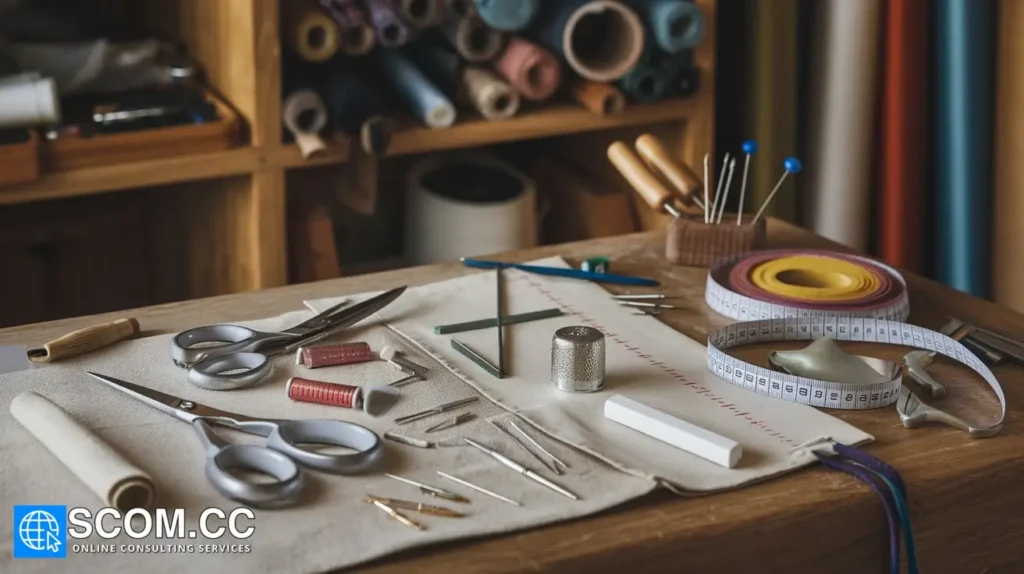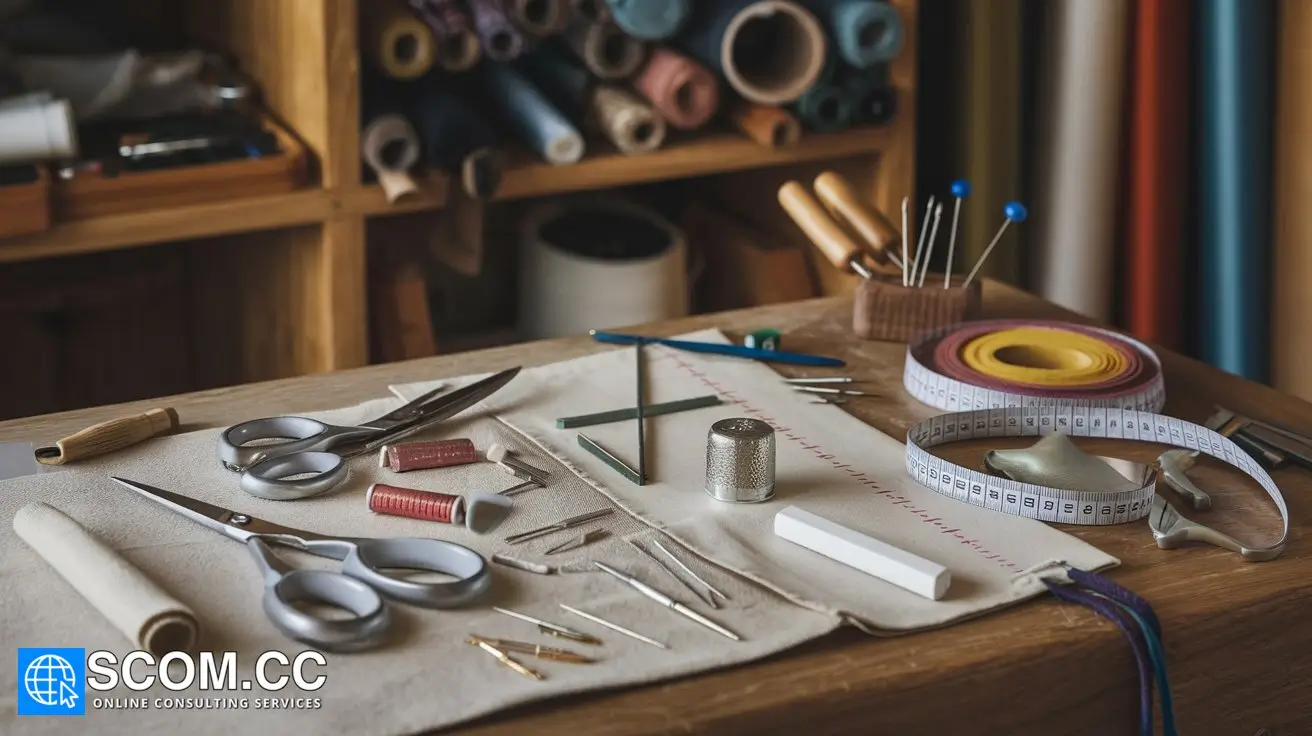The Role of Tailoring Shears and How to Use Them

The Role of Tailoring Shears and How to Use Them
Tailoring shears are indispensable tools in the world of garment construction. They are designed to make precise cuts in fabric, ensuring clean edges and accurate shapes that are crucial for high-quality tailoring. In this article, we will explore the role of tailoring shears, their unique features, and the best practices for using them effectively to enhance your sewing projects.
Understanding Tailoring Shears
1. What Are Tailoring Shears?
Tailoring shears are specialized scissors designed for cutting fabric. Unlike regular household scissors, tailoring shears are engineered to handle various types of fabric with precision and ease. They typically feature longer blades, a sharper edge, and an ergonomic design to provide optimal cutting performance.
2. Key Features of Tailoring Shears
- Long Blades: The extended blade length allows for smooth, continuous cuts along the fabric, which is essential for cutting larger pieces or making long cuts.
- Sharp Edges: Tailoring shears are equipped with extremely sharp edges that can cut through multiple layers of fabric without fraying or causing uneven edges.
- Ergonomic Handles: Designed for comfort, the handles of tailoring shears are often contoured to fit the hand and provide a secure grip, reducing hand fatigue during extended use.
- Precision Points: The pointed tips of tailoring shears enable precise cutting, particularly useful for trimming and detailed work.
Types of Tailoring Shears
1. Bent Handle Shears
Bent handle shears are designed with one handle bent downward, allowing the blade to remain parallel to the cutting surface. This design facilitates comfortable cutting of fabric on a flat surface.
- Use: Ideal for cutting fabric laid flat on a table or cutting long straight lines. The bent handle helps keep the fabric steady and reduces hand strain.
2. Straight Handle Shears
Straight handle shears feature handles that are aligned with the blades. They are versatile and can be used for a range of cutting tasks, from fabric to paper.
- Use: Suitable for general cutting tasks where the fabric is not always laid flat. They offer flexibility in maneuvering around various fabric shapes and sizes.
3. Pinking Shears
Pinking shears are equipped with a zigzag blade that cuts fabric with a serrated edge. This type of shear is used to prevent fabric edges from fraying.
- Use: Ideal for finishing edges of fabrics that are prone to fraying, such as woven materials. They provide a decorative edge while also offering practical benefits.
How to Use Tailoring Shears Effectively
1. Preparing the Fabric
- Pre-wash and Press: Always pre-wash and press the fabric before cutting to remove any shrinkage or wrinkles. This ensures that your measurements are accurate and the fabric cuts smoothly.
- Use a Cutting Surface: Place the fabric on a stable cutting surface, such as a cutting mat or a table, to ensure even cuts and prevent damage to the blades.
2. Proper Cutting Techniques
- Maintain Sharpness: Ensure your shears are sharp for precise cutting. Dull blades can cause jagged edges and may not cut through multiple layers of fabric effectively.
- Cut in One Motion: Use long, continuous cuts instead of short, choppy movements. This helps achieve a cleaner edge and reduces fabric shifting.
- Follow the Grain: Always cut along the fabric grain to maintain the integrity of the garment’s structure. Cutting against the grain can lead to distortion and affect the fit of the finished piece.
3. Handling and Maintenance
- Hold with Confidence: Grip the shears firmly but comfortably to maintain control during cutting. Avoid excessive force, as this can lead to hand fatigue and inaccurate cuts.
- Regular Cleaning: Wipe the blades after each use to remove fabric residue and prevent rusting. Occasionally, oil the pivot point to keep the shears functioning smoothly.
- Proper Storage: Store your tailoring shears in a protective case or sheath to prevent accidental damage and maintain their sharpness.
Choosing the Right Tailoring Shears
1. Assess Your Needs
Consider the types of fabric and cutting tasks you frequently perform. For heavy fabrics, opt for shears with robust blades, while for delicate fabrics, choose shears with finer, sharper edges.
2. Test for Comfort
Try out different shears to find a pair that feels comfortable in your hand. The handle should fit your grip and be easy to maneuver for prolonged use.
3. Invest in Quality
High-quality tailoring shears are an investment in your craft. Look for reputable brands and ensure that the shears are made from durable materials to ensure longevity and performance.
Conclusion
Tailoring shears are vital tools for any serious tailor, offering precision and efficiency in fabric cutting. By understanding their features, types, and proper usage techniques, you can significantly improve the quality of your tailoring projects. Whether you are cutting intricate patterns or finishing fabric edges, investing in the right pair of shears and using them correctly will enhance your craftsmanship and lead to professional results.

To explore more about tailoring, visit our Blog of Tailoring. If you have any questions or need assistance, go to our contact page. Additionally, you can find more information about tailoring and consulting at this tailoring and consulting portal.

Leave a Reply